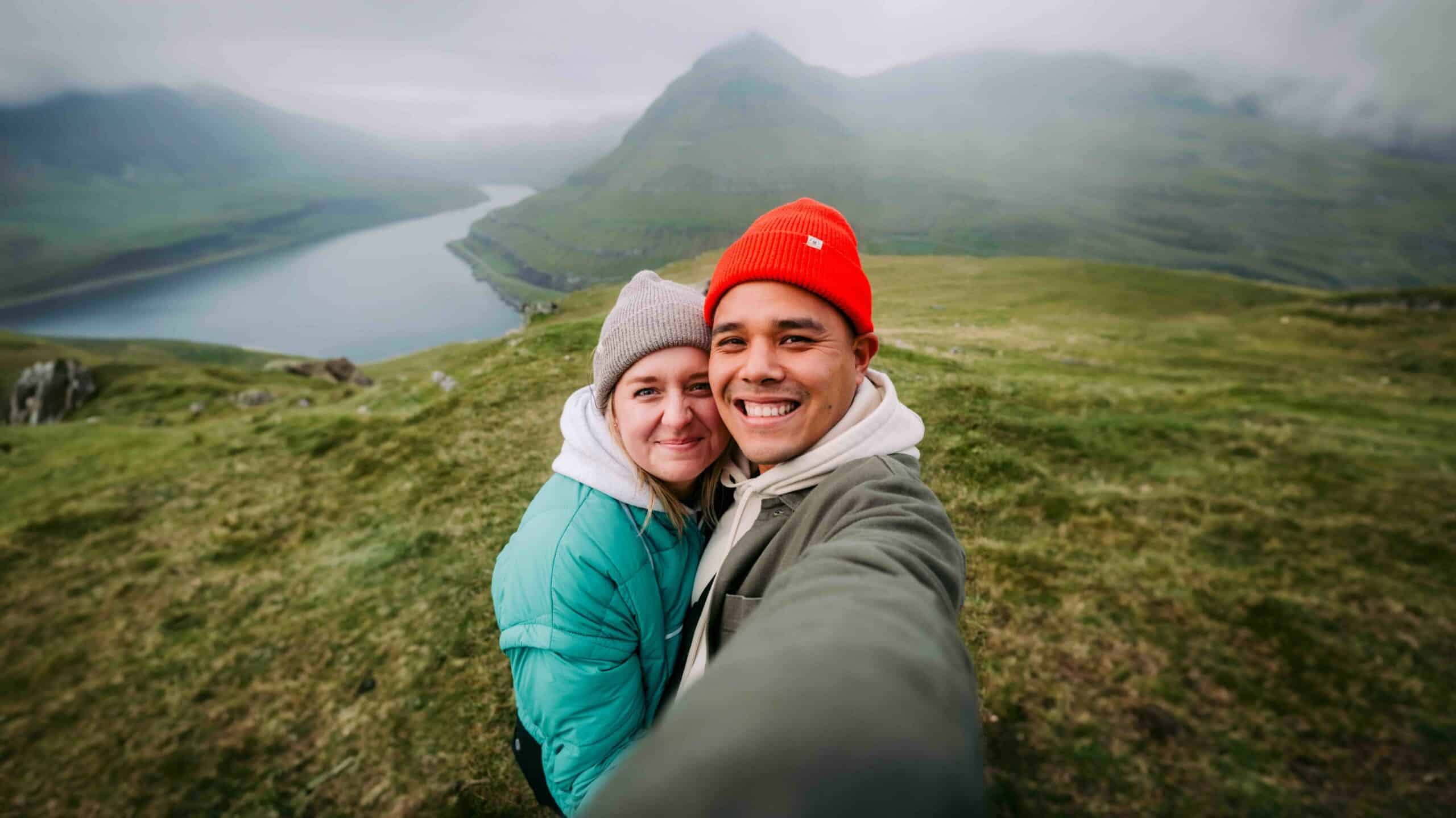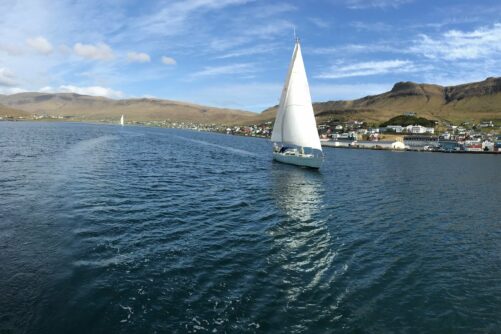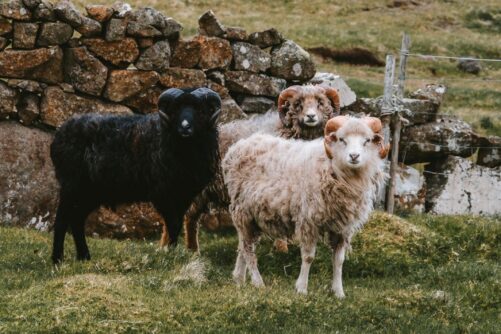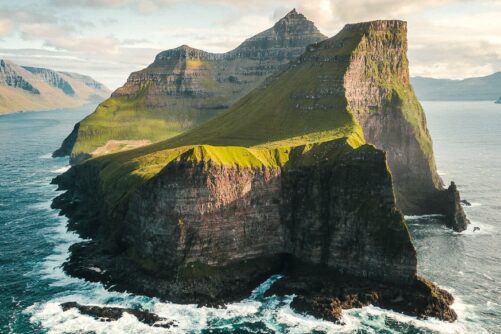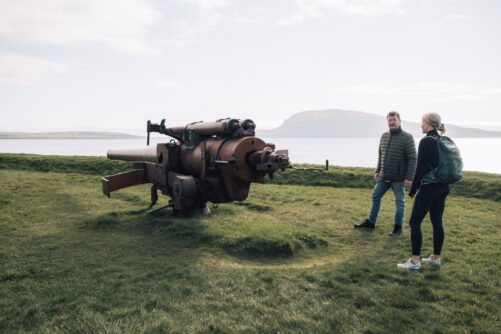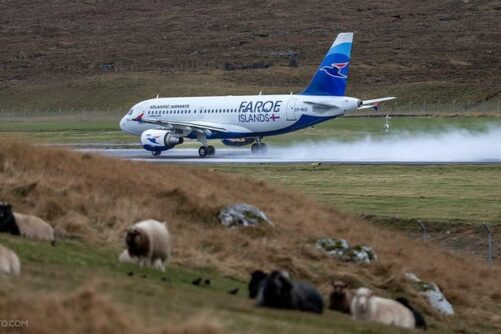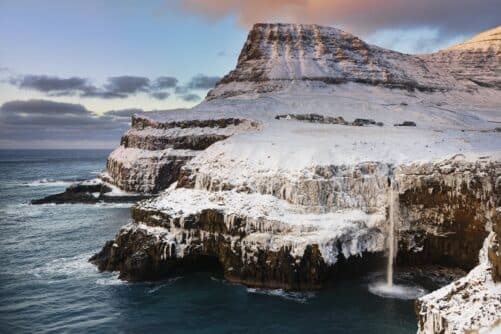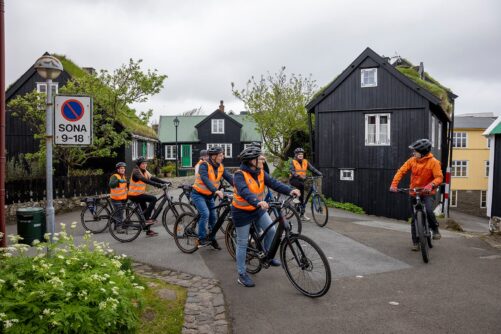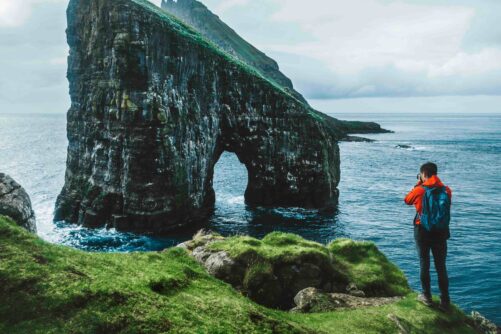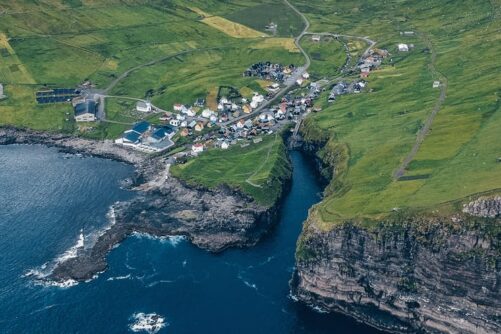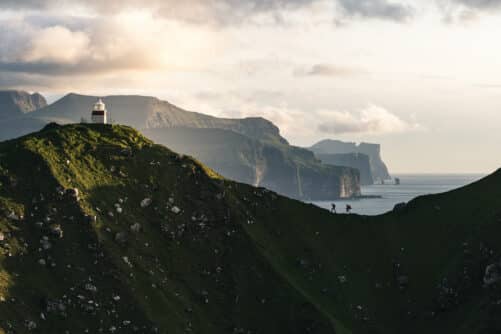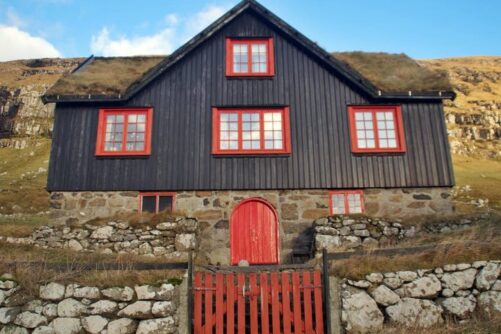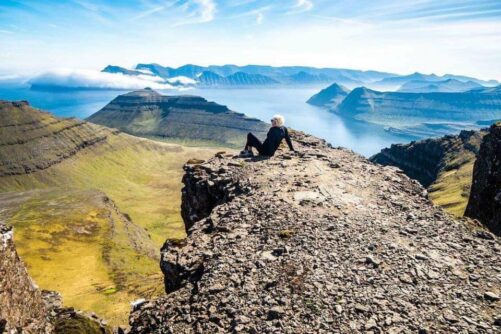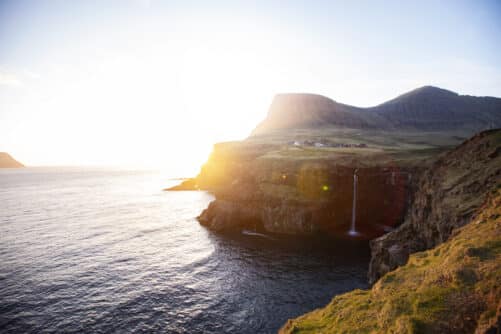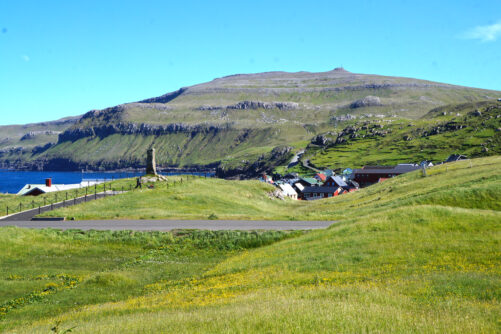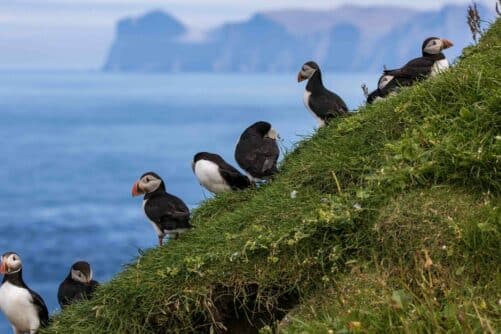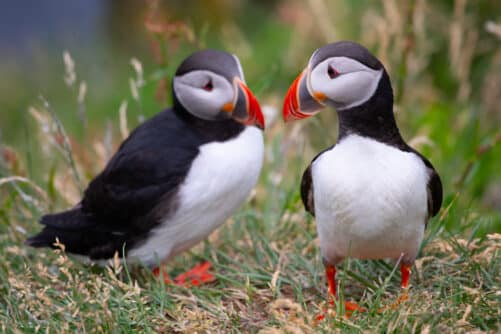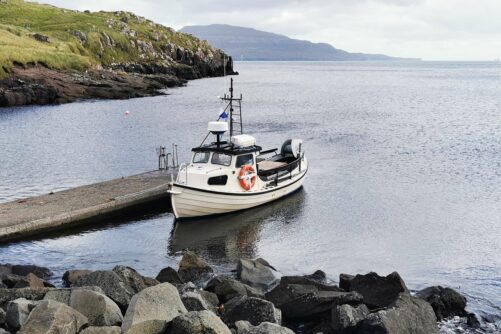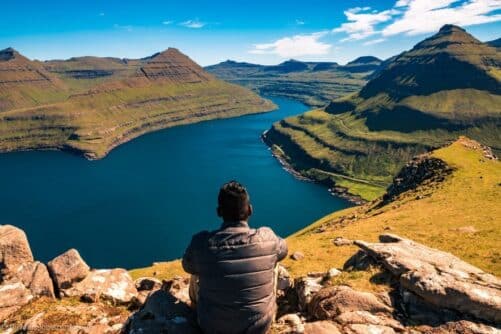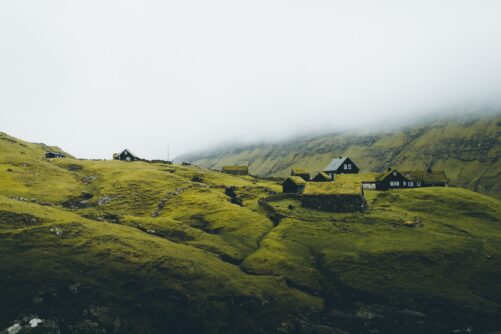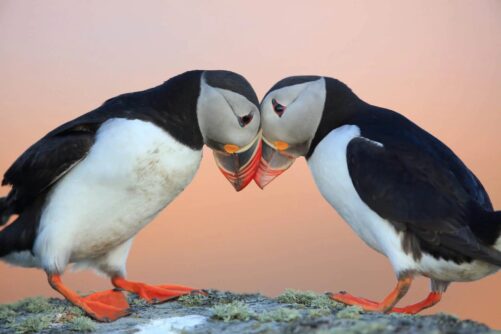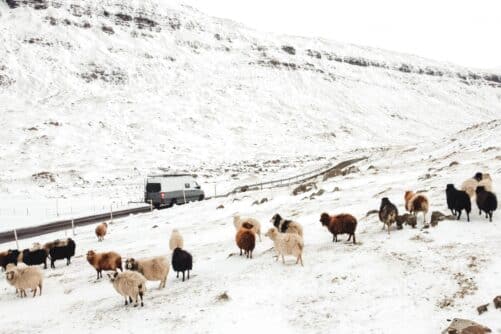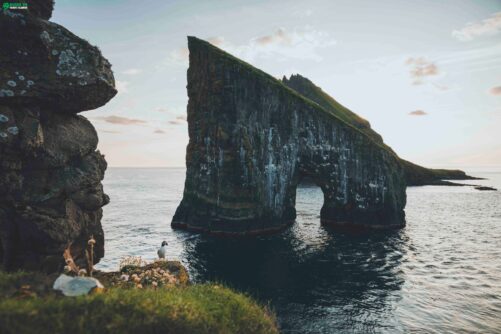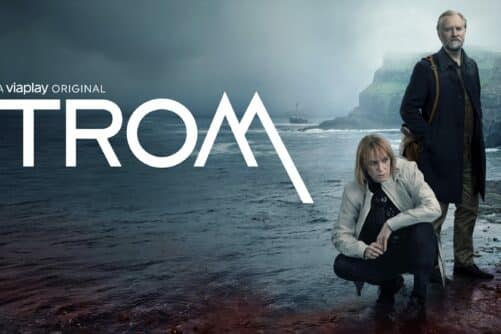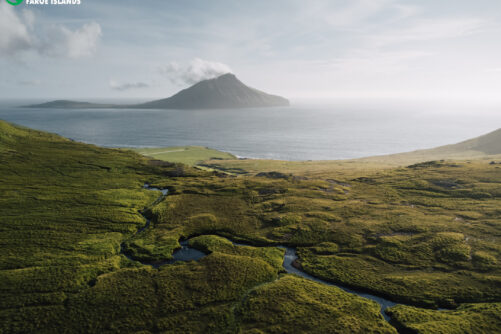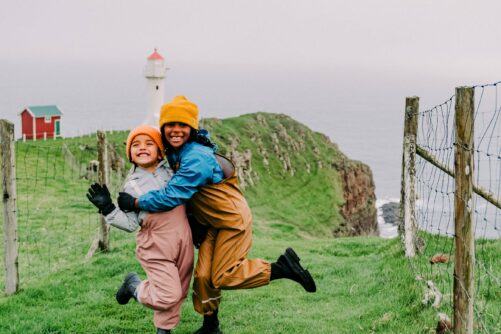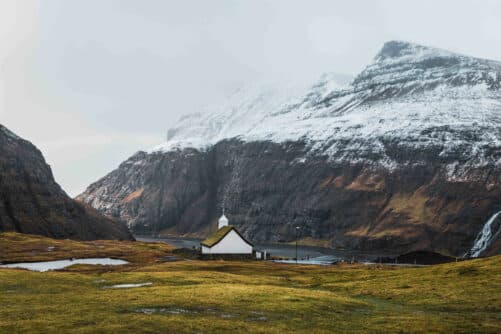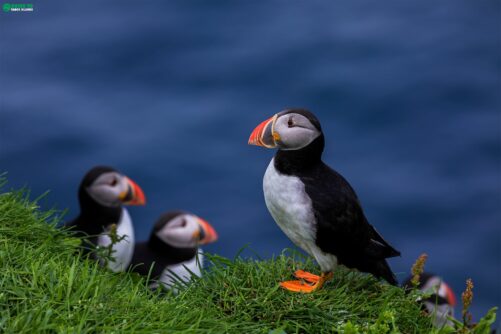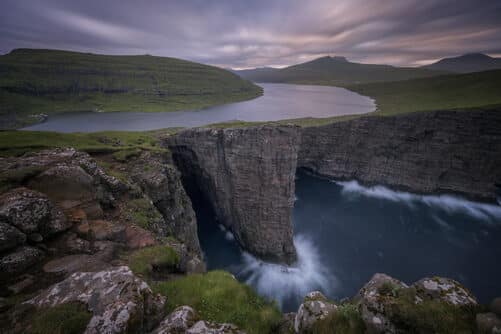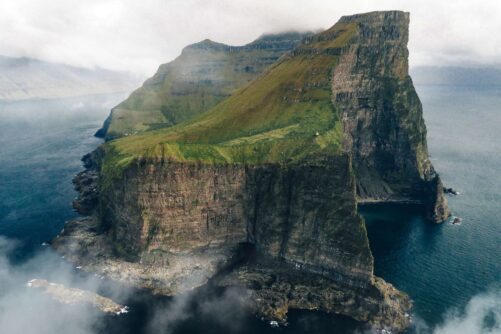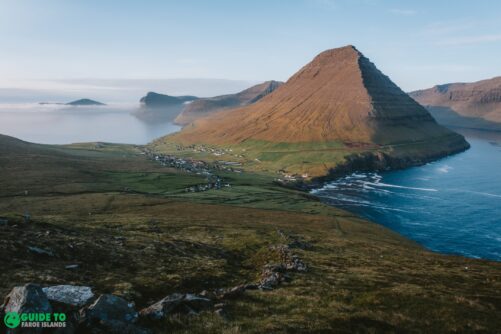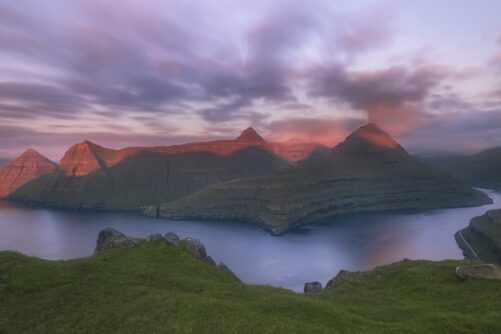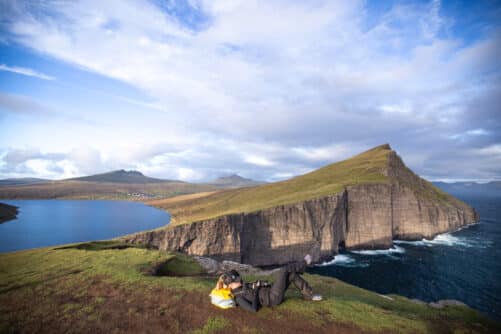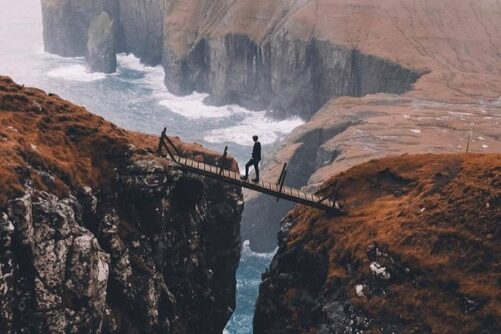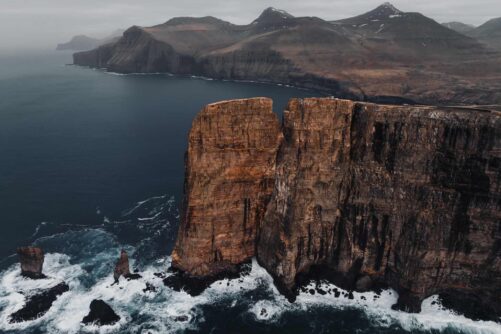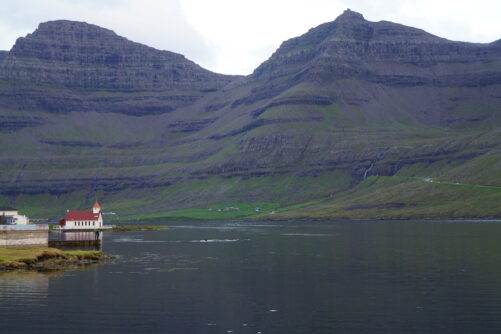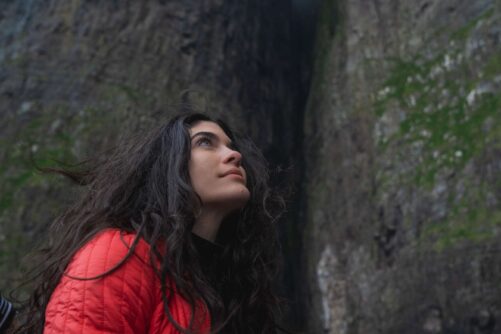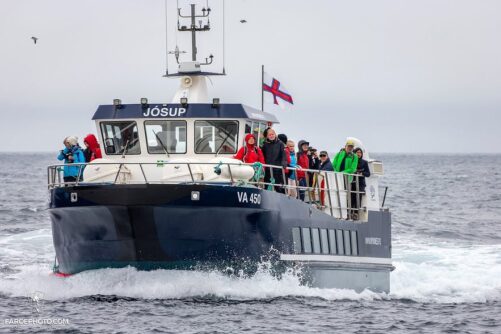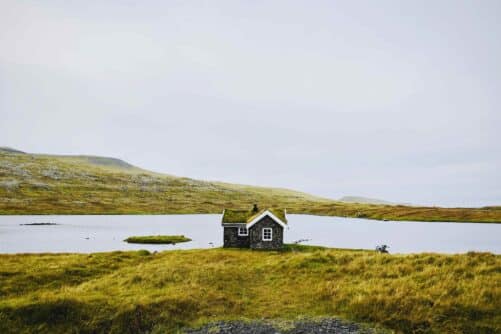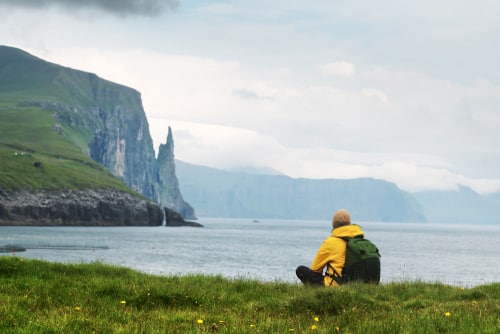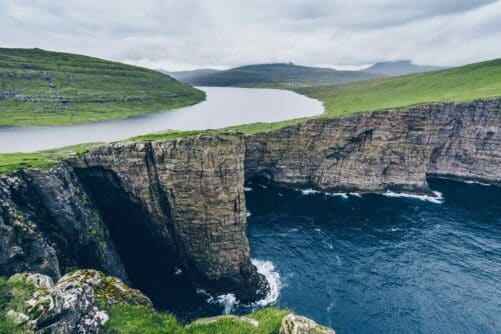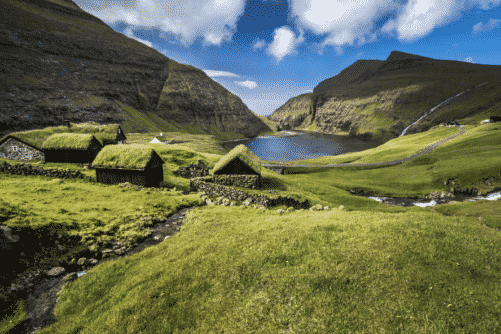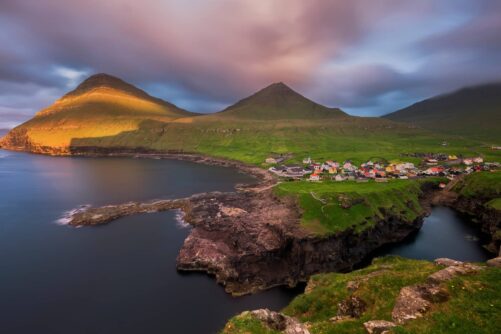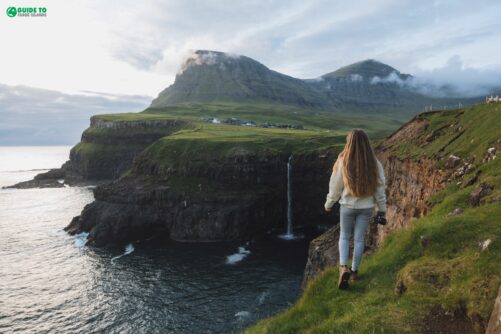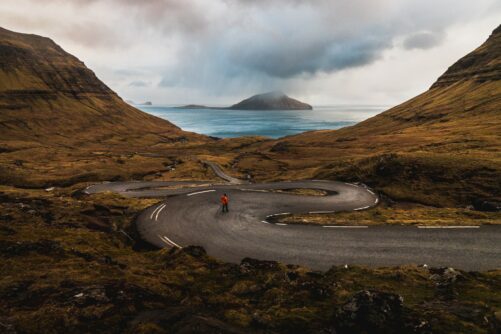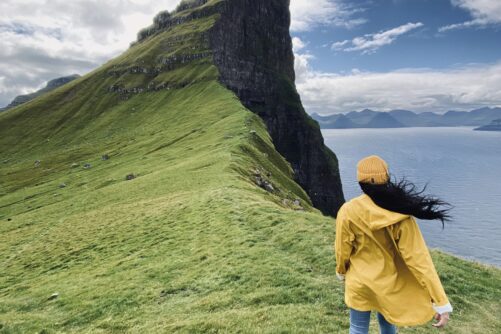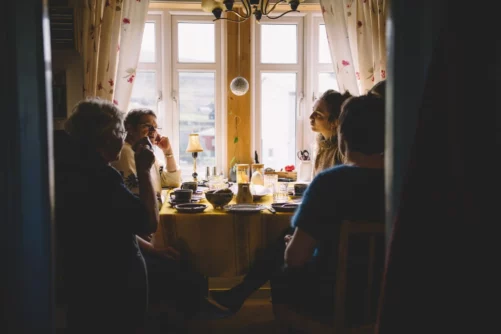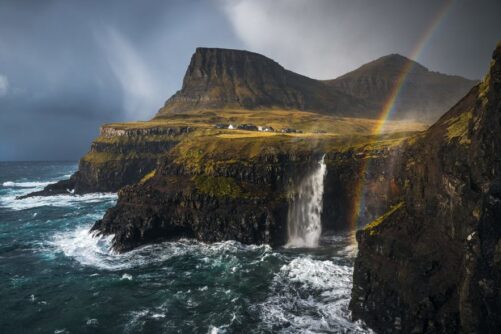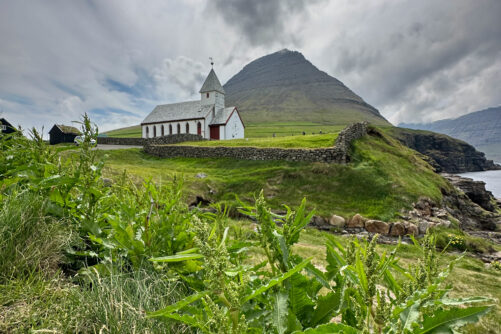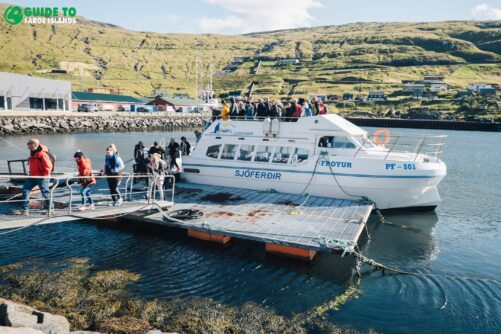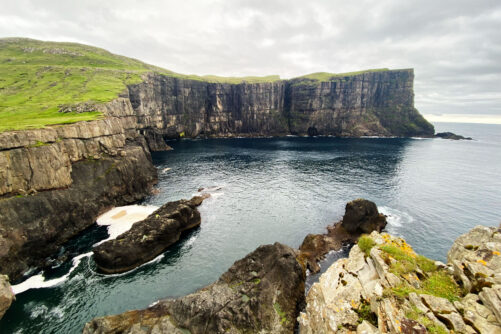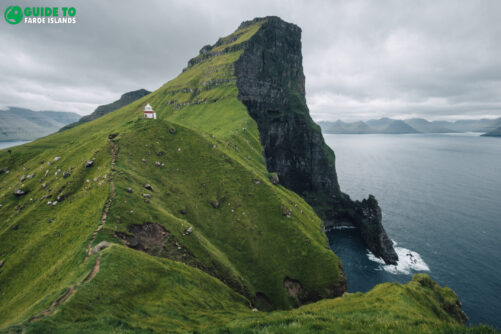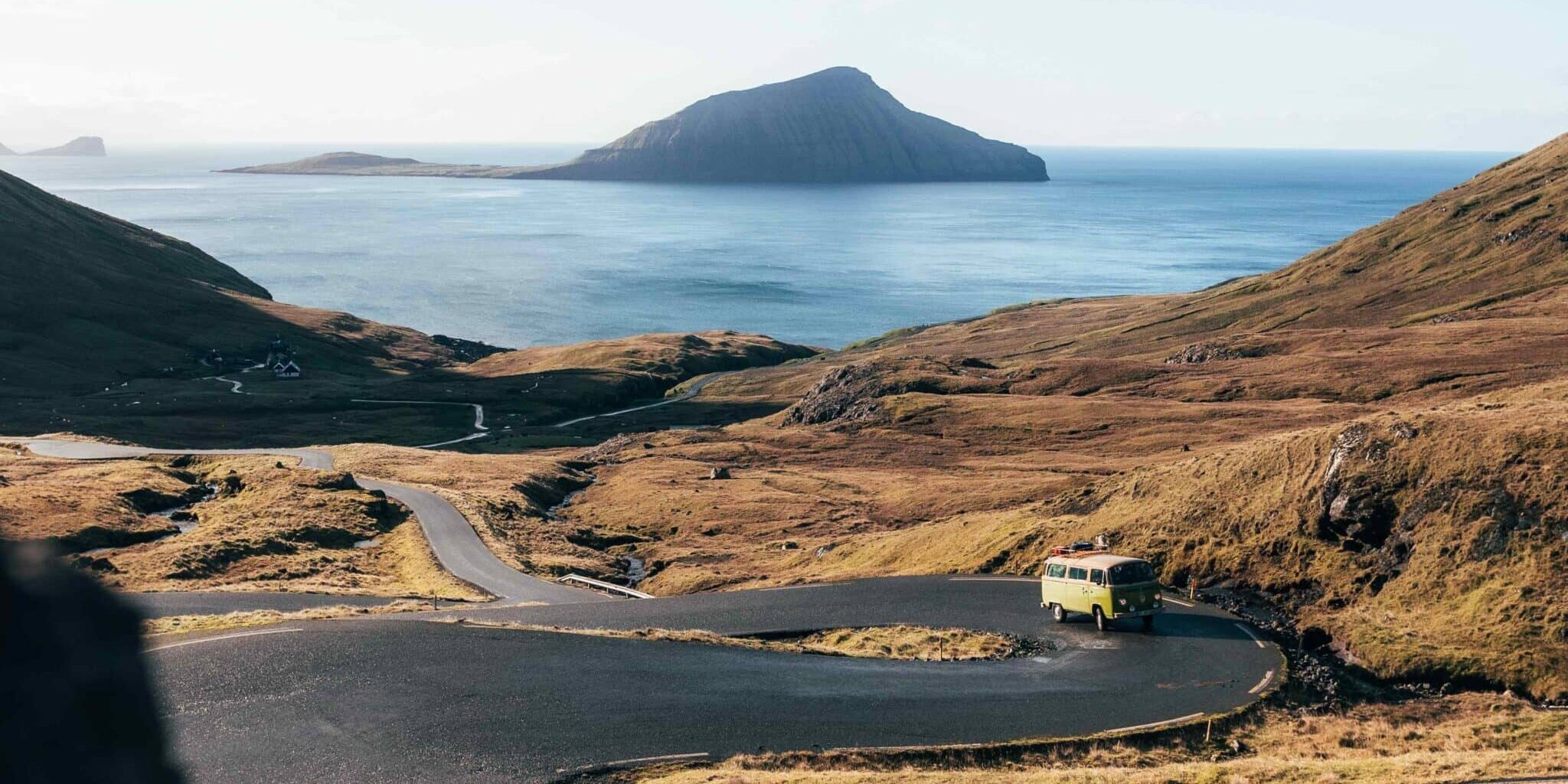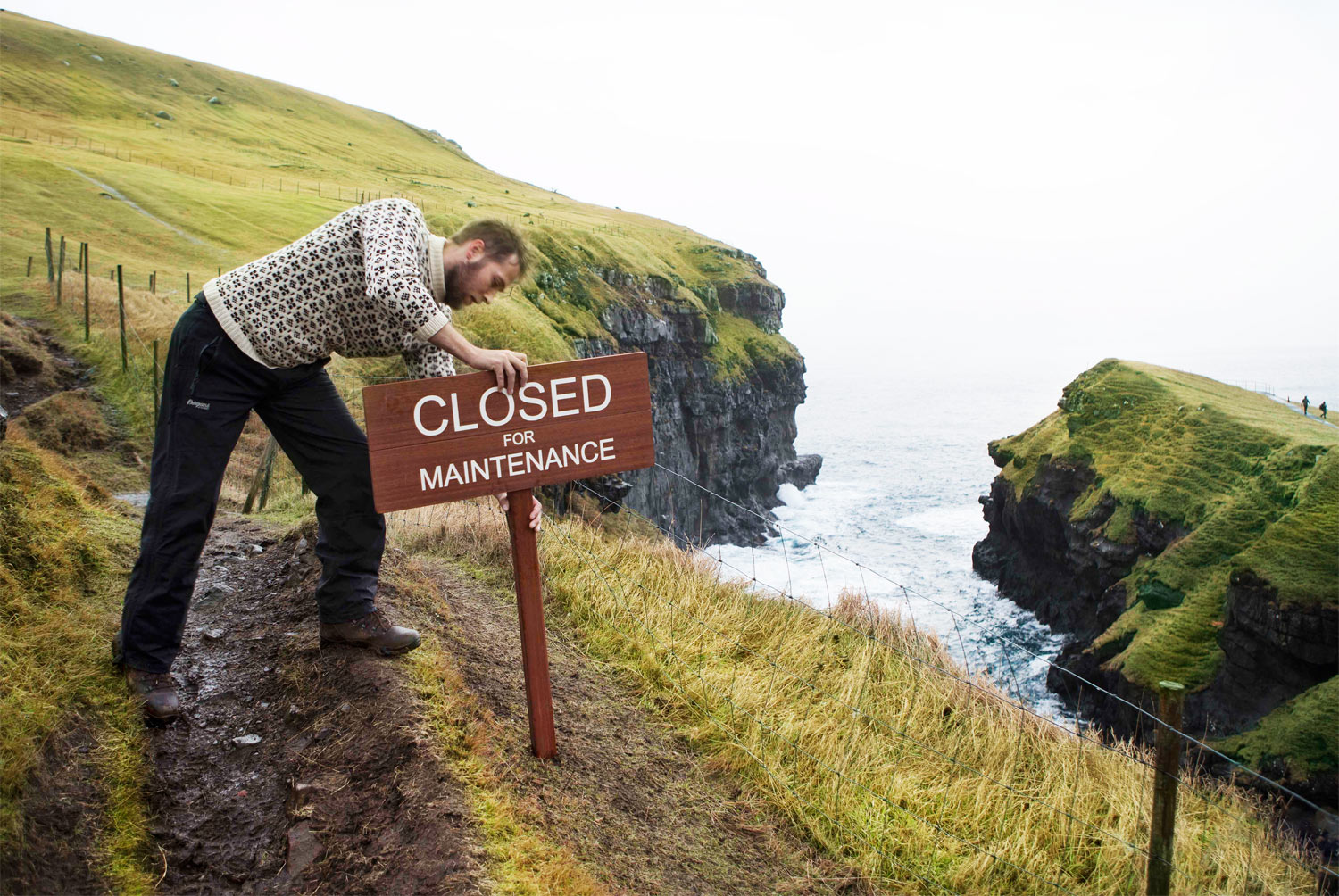
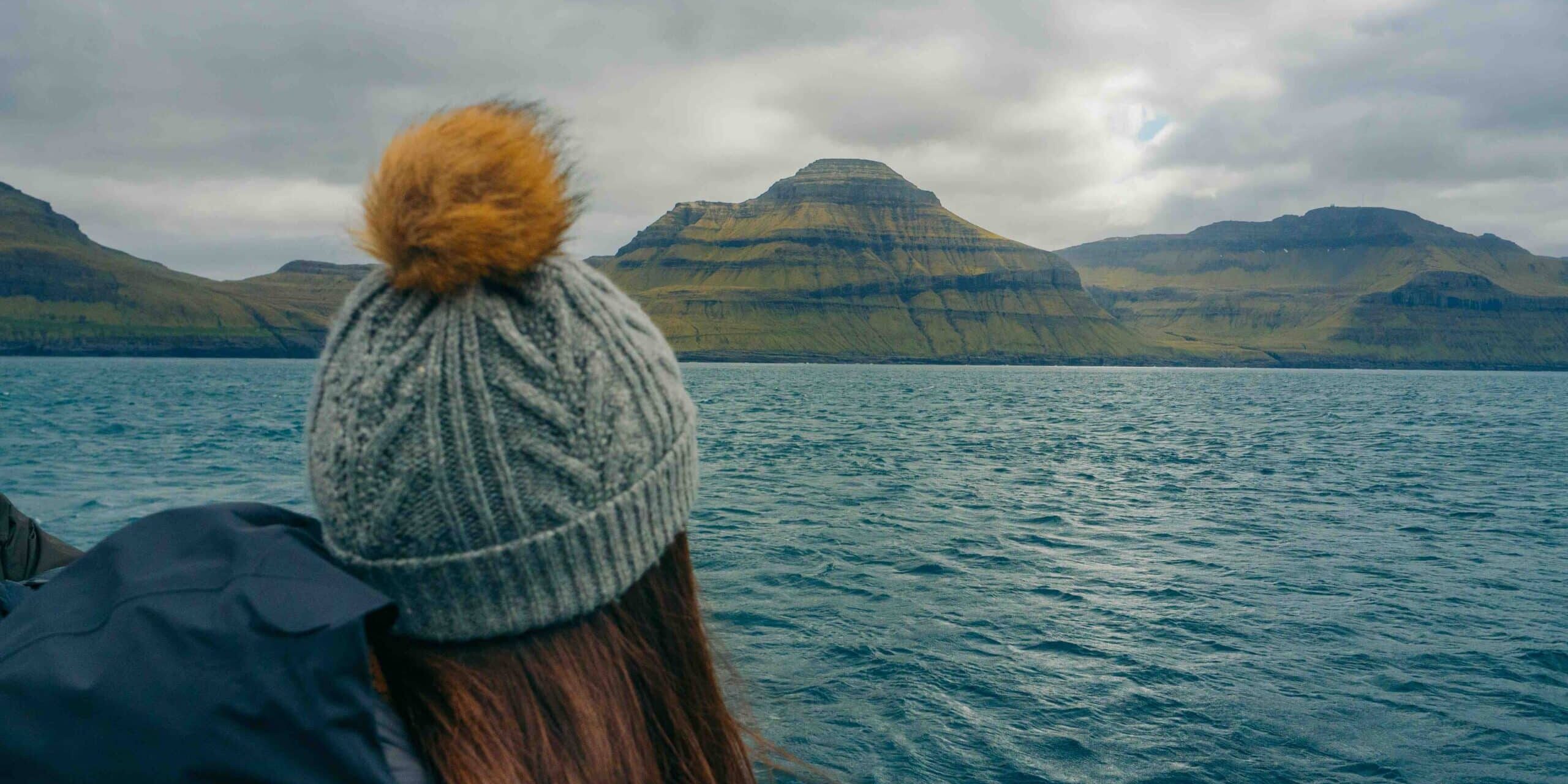
Where are the Faroe Islands?
The Faroe Islands are one of the most unknown places on earth. The pristine Nordic archipelago is quiet and untouched. So how do you find the Faroe Islands on a map? Read on and find out where exactly this hidden island group is located.
- Discover the ultimate Faroe Islands Holiday Bucket List
- Browse the Largest Selection of Tours in Faroe Islands
- Rent a Car in the Faroe Islands
- Find out What to Pack for Travel in Faroe Islands
You might have heard about the Faroe Islands in recent years. Or you might have seen outstanding pictures on Instagram thinking: where on earth is that? Chris Poplawski, Ryan Field, Benjamin Hardman, and many other prominent photographers have been there.
You might have read a blog about the Faroe Islands and the intense serenity. Or maybe a friend of a friend has talked with deep passion about a recent visit to the uncrowded islands. Maybe you are next.
Faroe Islands on a Map

The Faroe Islands are marooned halfway between Scotland and Iceland. The island group is the best-kept secret in Europe. That is mostly due to the isolation of the place in the vast ocean hundreds of miles from neighbouring countries. Visitors find themselves in stunning nature pearls.
You will be forever in awe of the sights in the hamlet Saksun. Same goes for the remote little village Gásadalur with the breathtaking Múlafossur Waterfall.

This cluster of islands in the North Atlantic Ocean is located where two ocean currents meet. There is the warm Gulf Stream, which brings warm surface. Then there is the nutritious cold current from the Polar Sea, which flows near the seabed as a strong tide.
The Faroe Islands are at the latitude where the low pressures pass eastward, so the weather changes constantly. It is never cold, from 3°C (37°F) on average in January, but not warm either, 11°C (52°F) on average in July.
Getting to the Faroe Islands
The flight from Keflavík Airport (KEF) in Iceland to the one and only Vágar Airport is just more than one hour. Flights from Iceland are available all year round. You can also take the flight from Edinburgh Airport (EDI) and be in the island group only one hour and fifteen minutes later. The direct flight from Edinburgh runs most of the year.
The flight from mainland Europe is two hours. There are daily flights from Copenhagen Airport (CPH). There are also direct flights to the Faroe Islands from a handful of other cities in Europe.
The easiest way to get to the Faroe Islands from America is by a stopover in Keflavík Airport (KEF), Iceland. The Faroe Islands might still be very well hidden. Nevertheless, flights from Iceland to Vagar Airport (FAE) run throughout the year.
Sheep Islands

The Faroe Islands literally means Sheep Islands. This string of 18 wild islands rises in austere beauty steeply from the salty sea. Rugged landscapes and mountains surround the country.
The intensity of colours will take you by surprise. In the summer the lush grass and mountain pastures seems greener then anywhere else and contrasts dramatically with the savage shades of black, grey and brown of the peaks and crags.
The purity of the air makes it difficult to judge distance. What looks like rocks strewn in the landscape sometimes turn out to be sheep grazing on steep slopes or narrow plateaux.
Ever Changing Natural Light
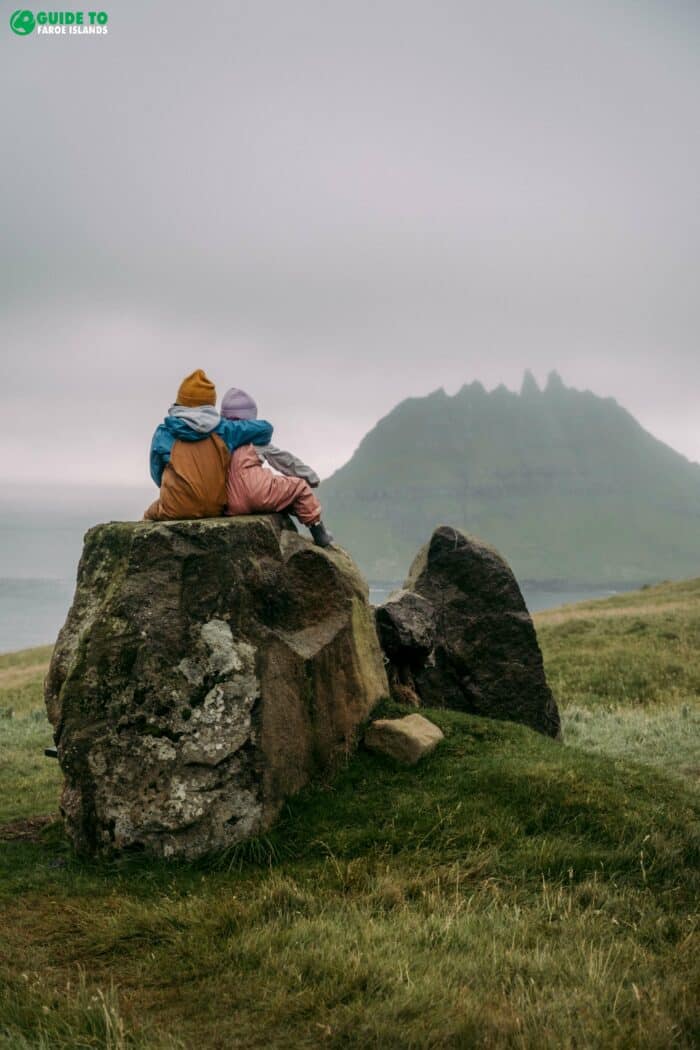
It seems like the sheep defy the laws of gravity. Birds nesting along the grassy edges see to it that the sheep are kept in their place. Sea-birds by the thousand make the cliff-faces teem with life.
The light is always changing, so that the most awesome rugged cliffs may be transformed into gentle fairy-tale land of ethereal beauty. The light seems to come from all directions, and so does the mist; suddenly the top of a mountain rises from billows of thin wool, only to disappear again as the mist forms and re-forms into fantastic shapes.
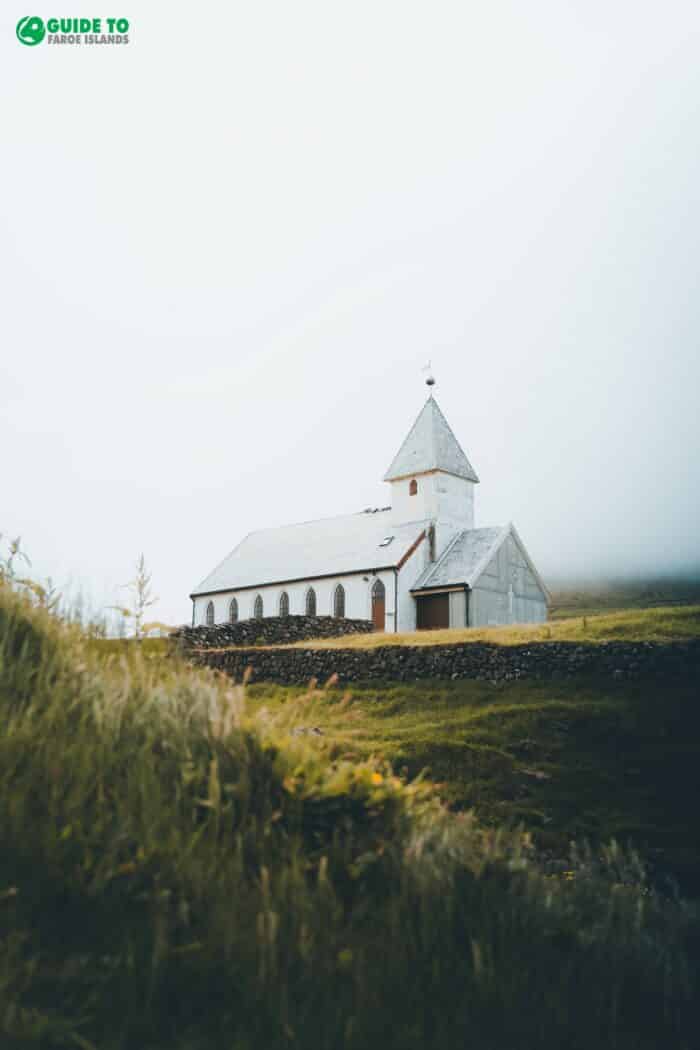
During the short and intense northern summer the nights are never rally dark, and in the muted light of dawn and dusk the islands become a magical place.
Many villages or bygdir are built in a short valley, known as a botnur, which is open to the sea so that boats can land, although in many places with difficulty. Such a botnur, like the settlement Tjørnuvík on Streymoy Island, is half circular, almost like an amphitheatre, and rises in slopes, known as brekkur, up to the characteristic hamrar – terraces – of the mountains.
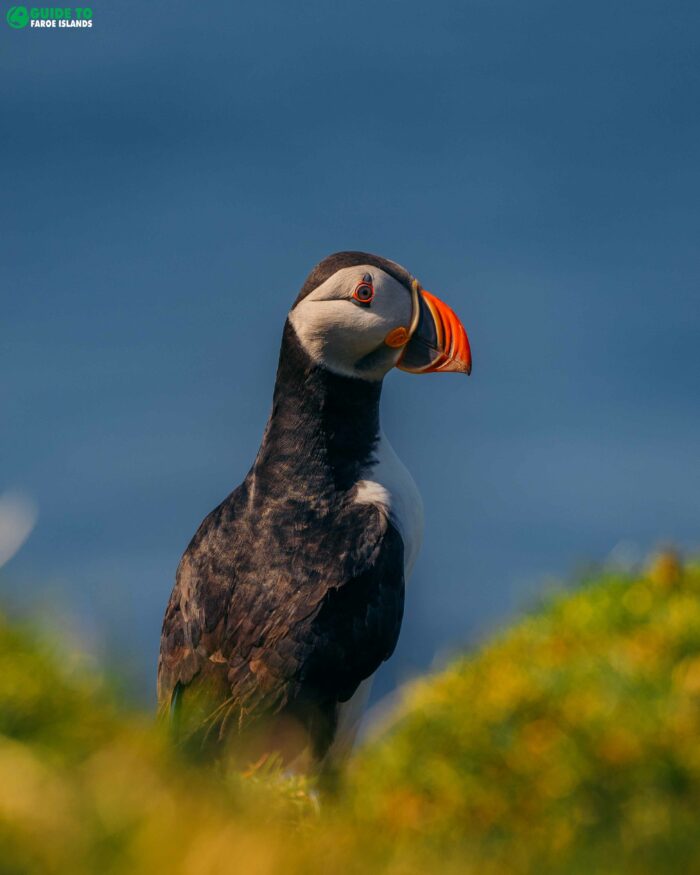
The ridge between two botnar is often very narrow; a naturally-formed pass through it is known as a skarð. The deep cleft formed in the coastline where the less resistant rock has worn away is known as a gjógv and is very striking feature of the landscapes.
Facts about the Faroe Islands
- 18 rocky islands
- People live on 16 islands
- Home to some 55,000 people
- 1.393 square kilometres or 540 square miles
- From north to south the islands measure 113 km / 70 mi
- From west to east the Faroe Islands are 75 km / 44 mi
- The coastline is some 1100 km / 684 mi
- The average altitude of the islands above sea level is 300 m / 984 ft
- Underwater tunnels and causeways link 7 out of 18 islands together
- All settlements are connected by roads and tunnels
- The nearest land is Shetland to the south-east, some 300 km / 187 mi away.
- Due north there is only the small island of Jan Mayen between the Faroe Islands and the North Pole
- The capital Tórshavn is inhabited by 23,000 people
- Over 100 small settlements
- Nordic nation with a high standard of living.
- The language is Norse with the same old West Norse root as Norwegian and Icelandic
- Everyone speaks English in the Faroe Islands

You cannot predict the weather as it is ever changing. So if you are planning a Faroe Islands vacation make sure to bring waterproof and windproof clothes – and good hiking shoes. Furthermore, layering is key to the perfect experience in this untouched Nordic archipelago.
Visiting Faroe Islands is a total break from city life. Start your travel to the North Atlantic and book tours and activities for a local, immersive experience.

